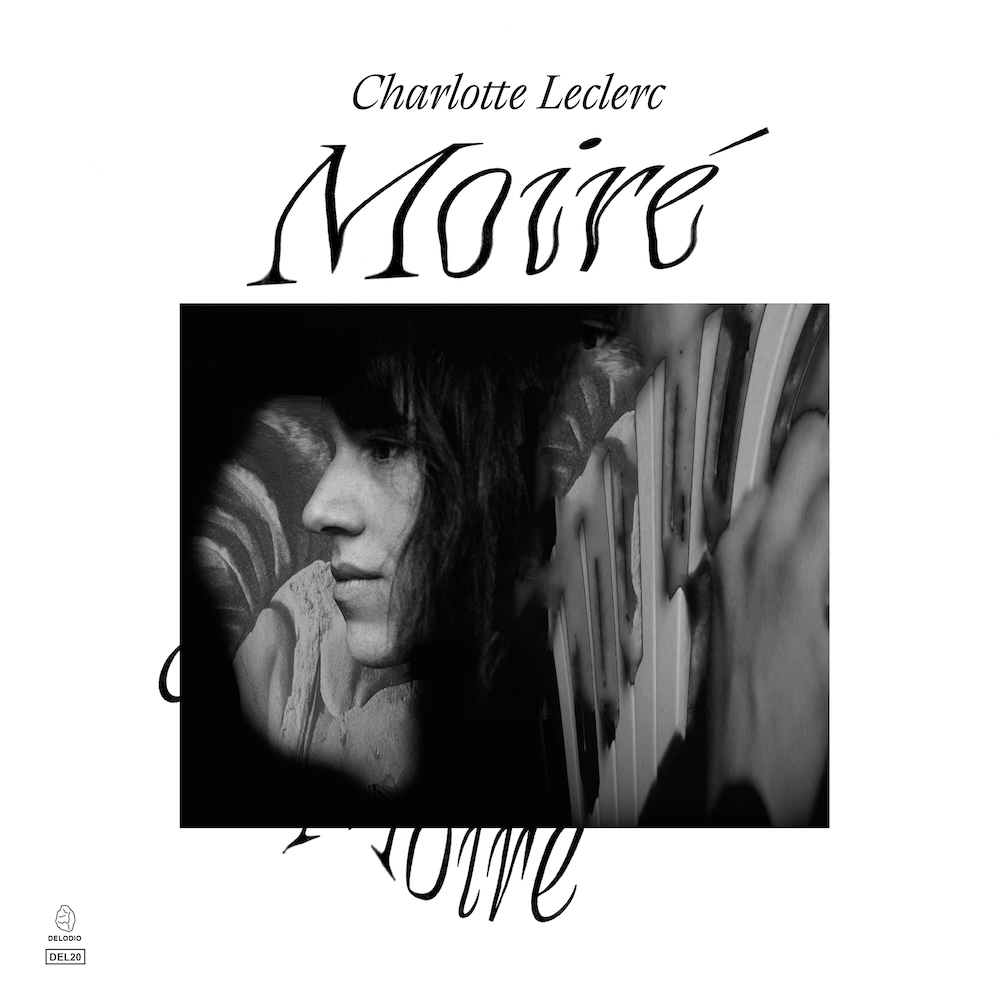Local Heritage with Stevie R

London-based producer Stevie R, real name Stavros Potamitis, has forged his own unique sound that pays homage to his Greek roots. The “Rebetronica” sound – named by friend Anna Maria Harokopou – fuses Rebetiko folk music with analog electronics, which he uses both as a sample source and as a reference point for completely new compositions. The result is powerful and fresh, a creative blend of the old and the new.
He continues to push these creative boundaries through his output, collaborations and his labels, Inside Out Records, of which he is the founder, and on Chapter 24, for whom he does A&R. The latter imprint released his last mini album, a two-part release that features collaborations with Parisinos and Anna Maria X, both of which further explore the signature Rebetronica sound that he’s coined.
What is Rebetiko [Ρεμπέτικο]?
Rebetiko grew out of the music of the displaced Greeks of Asia Minor, who thrived in the poor and struggling neighbourhoods of Piraeus, a port city in the region of Attica (now Athens). This new music genre was born as a form of artistic expression for the Lumpenproletariat of post-war Greece in the first part of the 20th Century.
The roots of the genre originate in Asia Minor (with Smyrna as the main focus point). In his book “The History of Rebetiko”, Nikos Sideris states: “Rebetiko was born in Asia Minor. Rebetiko with bouzouki was born in Piraeus”.
Follow Stevie R, Inside Out Records and Chapter 24. Buy Oropos.
The Rebetiko sound is a proud part of Greek heritage. The great violinist Giagkos Alexiou (aka Giovanikas) is widely credited as the original creator for the genre. The first known recording however took place in 1918 in the United States by Marika Papagkika, with ‘Smyrneiko Minore’. From the minimalistic instrumentation to the hauntingly beautiful performance of Marika, I personally feel that this composition is one of the most powerful and raw expressions of the pain that can be inflicted by an unanswered love. Note: Song link claims 1919 but more credible book research says 1918.
























Must Reads
David Holmes – Humanity As An Act Of Resistance in three chapters
As a nation, the Irish have always had a profound relationship with the people of Palestine
Rotterdam – A City which Bounces Back
The Dutch city is in a state of constant revival
Going Remote.
Home swapping as a lifestyle choice
Trending track
Vels d’Èter
Glass Isle
Shop NowDreaming
Timothy Clerkin
Shop Now